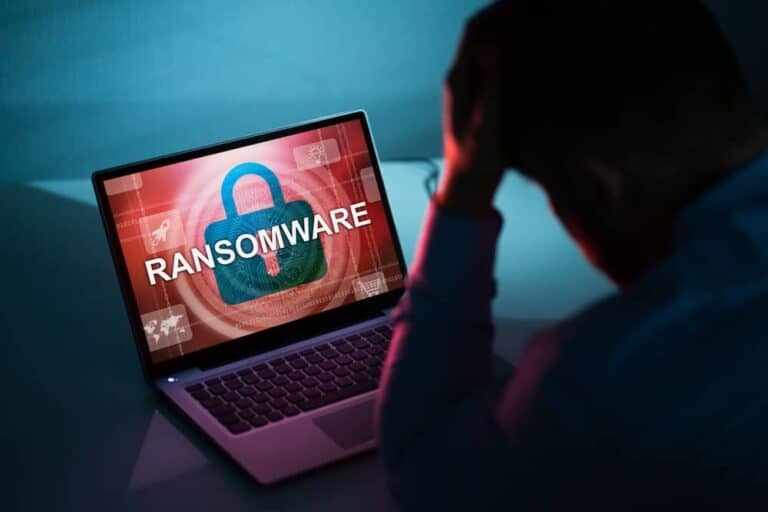Despite consistent efforts to thwart it, ransomware remains a persistent problem for businesses and consumers worldwide.
Zscaler has released its latest report titled ThreatLabz 2022 Ransomware Report. The study has revealed the number and scope of ransomware attacks has grown unabated, generating chaos and causing immense damage.
In fact, ransomware attacks have continued to adapt to new anti-ransomware procedures, growing by as much as 80% per annum.
More about the report
The Silicon Valley-based cloud security company combed through a year’s worth of data collected by the Zscaler Zero Trust Exchange. The data set had relevant figures from February 2021 to March 2022 and also included statistics from external sources. Using it, Zscaler identified key trends and determined which segments of the economy were particularly at risk to ransomware.
The most common types of ransomware attacks during this period were double-extortion, supply chain attacks, and ransomware rebranding. Many of these attacks were instigated via ransomware-as-a-service products from the dark web, which has recently gained popularity.
According to the report, some attacks were also geopolitically motivated. Of the industries targeted, manufacturing was the most popular for the second year in a row. In fact, about 20% of all ransomware victims were in the manufacturing sector, which has been up by 190% since last year. Moreover, double-extortion ransomware has increased by a staggering 117%.
Nevertheless, other industries have also been seeing a rise in their share of ransomware. Healthcare had by far the largest increase at 643%, followed by the restaurant and food sector at 460%.
Future predictions and recommendations
Unfortunately, this year is expected to be worse due to the war in Ukraine. Zscaler warns ransomware emanating from the cyber-warfare in Eastern Europe might become widespread. In fact, there have already been wipers such as HermeticWiper and PartyTicket that have launched attacks against Kyiv.
To keep yourself safe from ransomware, the report recommends implementing zero-trust security. It is premised upon understanding the relationship between applications and workloads and restricting accessibility accordingly.
